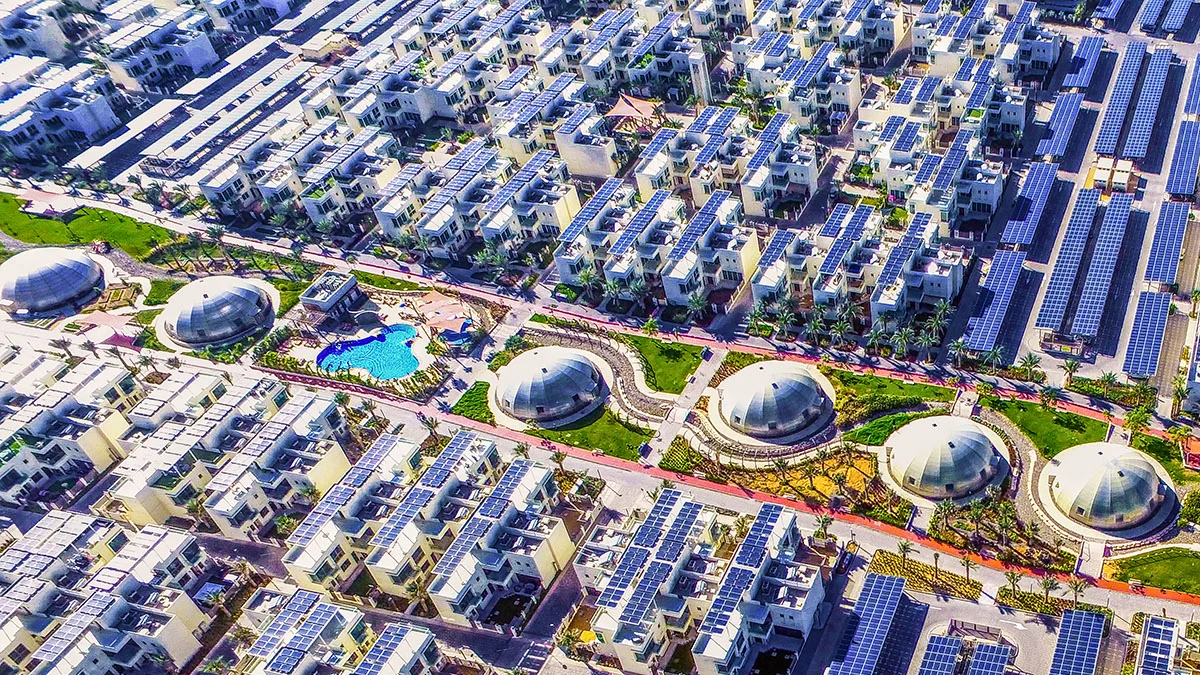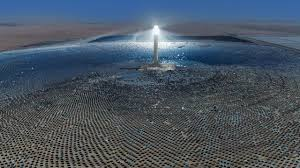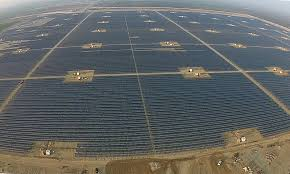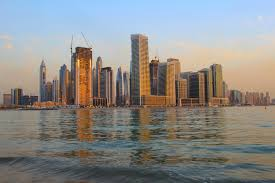Now Reading: “How Dubai Is Quietly Building the World’s Largest Solar City 2025”
-
01
“How Dubai Is Quietly Building the World’s Largest Solar City 2025”
“How Dubai Is Quietly Building the World’s Largest Solar City 2025”

Table of Contents
Dubai—a city known worldwide for its luxury, skyscrapers, and futuristic lifestyle—is now making headlines for something even bigger: clean energy and sustainability. As the world shifts toward renewable power, Dubai is leading the way with ambitious and game-changing sustainable energy projects that aim to power its future in a greener, smarter way.
Why Sustainable Energy Is the Future of Dubai

Dubai’s rapid growth over the past few decades has come with a heavy energy price. With oil and gas once fueling its rise, the city’s leaders now understand that the future cannot depend on fossil fuels forever. Climate change, international pressure to reduce emissions, and the need for energy independence have all pushed Dubai to take major steps toward renewable energy.
In line with the UAE Energy Strategy 2050 and the Dubai Clean Energy Strategy 2050, the emirate plans to produce 75% of its energy from clean sources by 2050. This bold target has placed Dubai in the global spotlight as a leader in green transformation.
The Mohammed bin Rashid Al Maktoum Solar Park: Dubai’s Green Jewel
The crown jewel of Dubai’s renewable projects is the Mohammed bin Rashid Al Maktoum Solar Park—the world’s largest single-site solar park. Located deep in the desert, this mega project is expected to reach a total capacity of 5,000 megawatts (MW) by 2030, providing clean energy to over 1.3 million homes and reducing carbon emissions by more than 6.5 million tonnes every year.
This solar park is not just big in size; it’s big in innovation. The park uses both photovoltaic (PV) panels and concentrated solar power (CSP) technologies to ensure power is produced even after sunset. This hybrid system makes Dubai’s solar energy plans reliable and efficient.
In 2023, the fifth phase of the solar park became operational, adding another 900 MW of capacity. What’s even more impressive? The cost of producing solar power here is among the lowest in the world, thanks to competitive tenders and smart government policies.
Green Hydrogen: Fuel of the Future

Dubai is not stopping at solar energy. In 2021, the city launched the region’s first industrial-scale green hydrogen plant at the solar park site. Green hydrogen—produced using renewable energy—could soon power industries, transport, and homes without releasing any carbon emissions.
Experts believe green hydrogen could be the next big thing in clean energy, and Dubai wants to be at the front of this race. The pilot plant will help the city explore how hydrogen can replace fossil fuels in everything from buses to factories.
Smart Grids and Energy Storage: Keeping the Power Flowing
One major challenge with renewable energy is that solar and wind are not available 24/7. Dubai is solving this problem with advanced energy storage systems and smart grids. These technologies store extra solar energy during the day and release it at night or during cloudy weather.
The Dubai Electricity and Water Authority (DEWA) has started several projects using battery storage systems and is even testing energy stored as heat in molten salt—part of the CSP technology at the solar park. With smart grids, the energy flow across the city can be controlled and adjusted in real time, reducing waste and blackouts.
Waste-to-Energy Plants: Turning Trash into Treasure
Dubai is also using its waste as an energy resource. The city is building one of the world’s largest waste-to-energy plants in Warsan, which will process 1.9 million tonnes of waste every year—generating enough electricity to power 135,000 homes.
Instead of dumping trash into landfills, this plant will burn waste to produce electricity while following strict pollution control measures. This project will help Dubai manage its growing waste problem and meet its green energy targets at the same time.
Solar Rooftops: Powering Homes and Businesses
Besides mega-projects, Dubai is also focusing on small-scale renewable energy. Under the Shams Dubai initiative, homeowners and businesses can install solar panels on their rooftops and connect them to the city’s grid. These panels not only reduce electricity bills but also send extra energy back into the system, helping others benefit from clean power.
So far, over 11,000 buildings have joined this program, and the number keeps growing as more people understand the benefits of solar energy.
The Road Ahead: Challenges and Opportunities
While Dubai’s energy transformation is impressive, challenges remain. Solar panels need regular cleaning in the desert’s dusty environment. Water use for cleaning and CSP systems must be carefully managed in this dry region. In addition, building large energy storage systems is still costly.
However, Dubai’s government, private companies, and international investors remain confident that technology will improve, and costs will drop. With global support and local innovation, Dubai’s clean energy dreams are closer than ever.
A Greener, Smarter, and Brighter Dubai
Dubai’s energy journey shows that even a desert city famous for oil and luxury can turn green. From giant solar parks to rooftop panels, from green hydrogen to waste-to-energy plants, the emirate is proving that sustainability and prosperity can go hand in hand.
As the world watches, Dubai is setting an example of how cities can build a cleaner, brighter, and more energy-secure future—one solar panel at a time.
Read More:- Shobha Realty Launches Its Most Luxurious Project Yet—Full Details Inside 2025





















